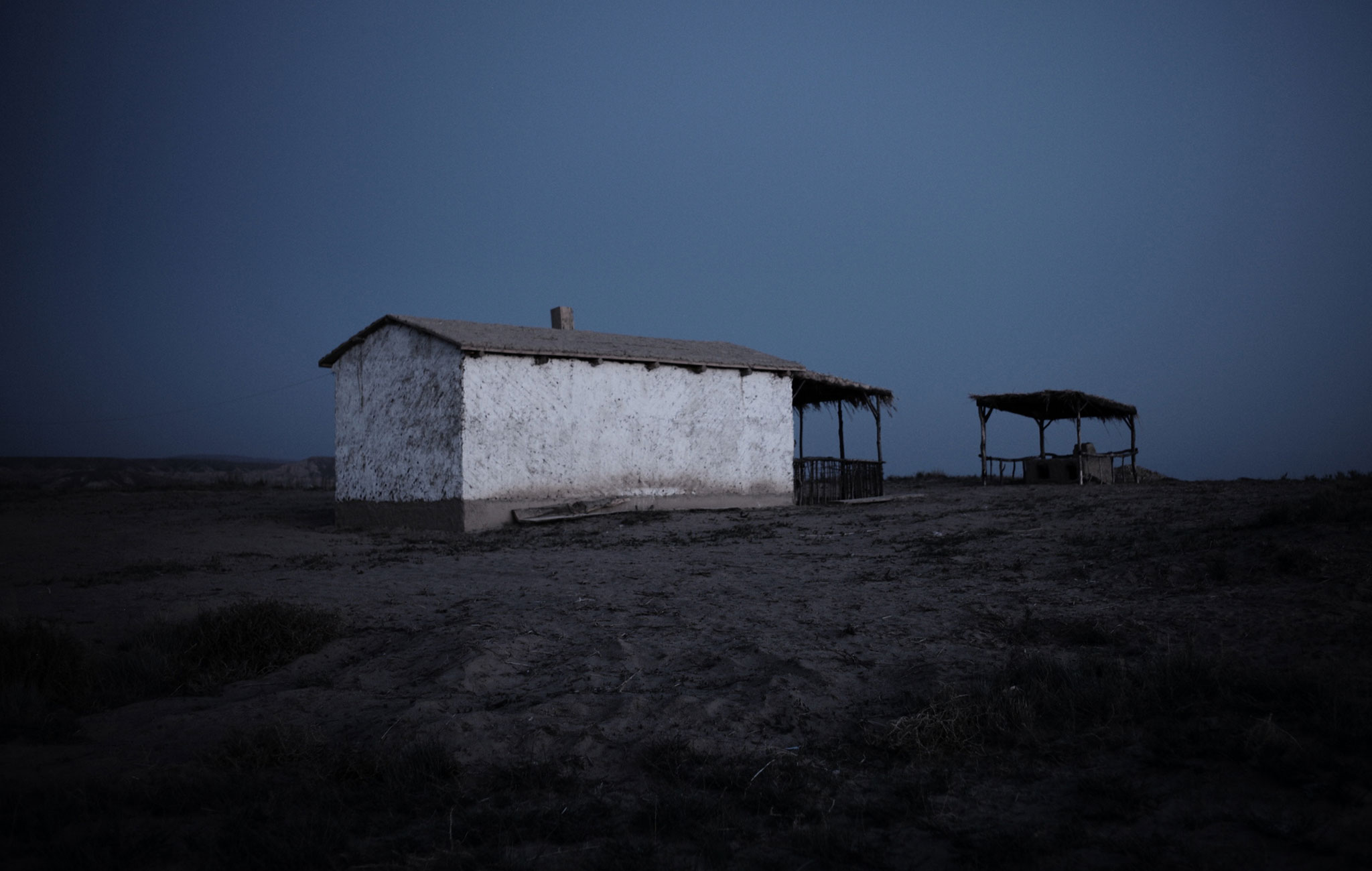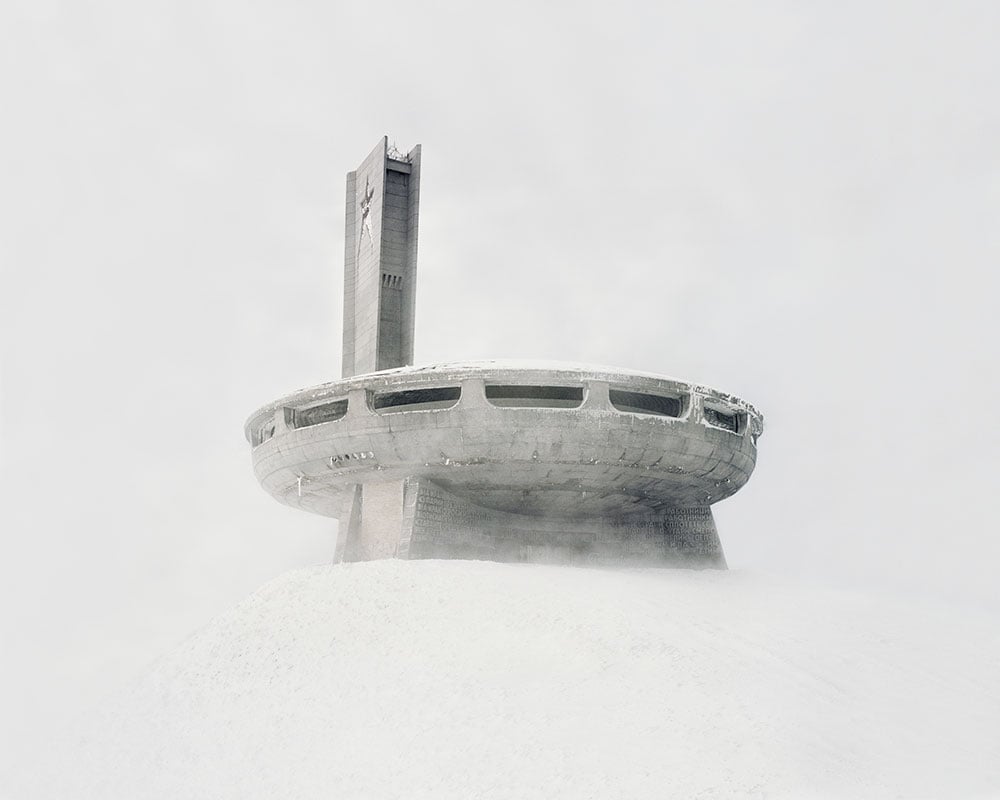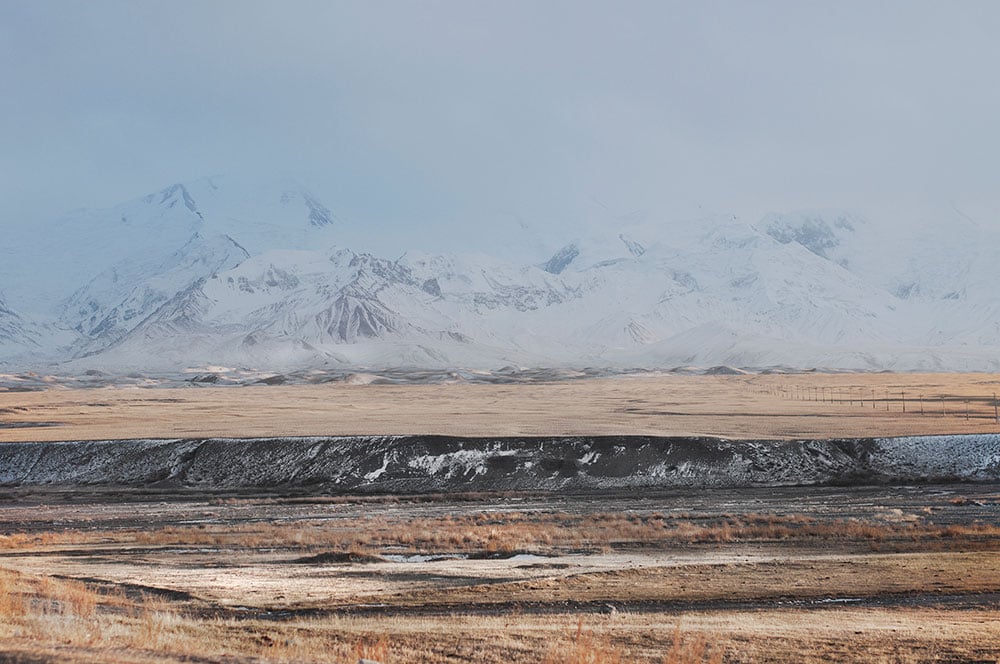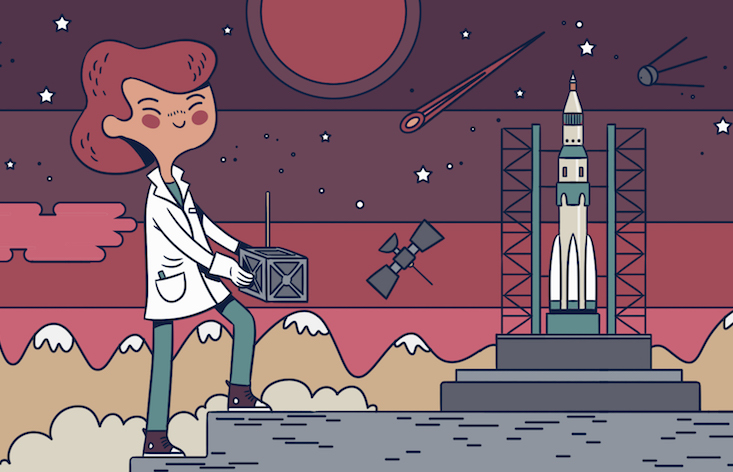The lost Soviet dream is both charming and haunting in these photos of Kyrgyzstan
In Unrealised, Bolot Isabekov’s whimsically staged photos shift the ongoing narrative about post-Soviet Kyrgyzstan.
Some words are difficult to translate, even though their meaning might resonate with just about anybody. There is no clear equivalent in English for the Russian word nesluchivsheesya, which is used to describe an unrealised dream or desire — “regret” feels overly negative and “failure” carries too much finality — yet the feeling is familiar to each of us. “It’s not that there’s an expiration date. Dreams never leave you,” Bolot Isabekov explains. “They just lie dormant until their time comes.” The Bishkek-based photographer, who grew up in Soviet Kyrgyzstan, drew on the sense of collective confusion that came with the collapse of the USSR to explore a visual language for this feeling in his series Unrealised.
A bus deserted in an arid mountain landscape formed the starting point for the photo story. Isabekov thought the abandoned vehicle an apt metaphor for hopes that have ground to a halt. This is where he took the photo he entered into a local photo competition with the theme “True Falsehood”. The final image has the composition of a grand Socialist Realist painting. Yet there is also something uncanny and whimsical about the scene.
An older woman grips her suitcase ever tighter, as though a bus has come into view. Another man perches on his luggage: it’s unclear whether he’s “sitting for the road”, a custom in post-Soviet countries where people sit contemplatively on the their bags before a long journey, or has been waiting there a while. The characters all look out into different directions. “They are ready to depart. Sometimes it seems the bus is just about to take off, but in reality they are frozen in anticipation,” Isabekov says. “With this series, I wanted to visualise the hopes and expectations surrounding the change in people’s lives.” The photographer returned to Issyk-Kul lake and the surrounding area in eastern Kyrgyzstan to shoot the rest of the project.
Isabekov was born in Bishkek, when the capital of Kyrgyzstan still went by the name of Frunze. Apart from time spent studying in Moscow, this has been his home for his entire life. The photographer was fresh out of university when the Soviet Union collapsed and Kyrgyzstan rose to independence. “I didn’t go on to work in the speciality I’d trained for. Everything had changed,” he reflects, though naturally “older generations found it harder to acclimatise to the change.”
At school, he recalls reading about Soviet accomplishments with boyish wonder. The fact that Sputnik, the dog Laika, and Yuri Gagarin were launched into space from Baikonur in neighbouring Kazakhstan was a particular source of pride. Moreover, his school was named after cosmonaut Vladimir Komarov. “It’s curious now, but we were so sure that by the year 2000, humans would have already visited several planets and space travel would nothing but ordinary,” Isabekov recollects. Back in 2017, we wrote about the Soviet time capsules unearthed in Russia and elsewhere during the centenary of the Revolution. They contained wild predictions for the future — hopes for world peace and contact with alien civilisations. One such time capsule was buried and unearthed in Isabekov’s school. “The USSR had launched the first artificial satellite, and the first man into space. It wasn’t far-fetched to think we’d also be the first to land on Mars.”
Issyk-Kul was once a popular vacation destination in Soviet times. It’s possible Isabekov set his photo story here for another reason — the landscape has a timeless, universal (and somewhat Martian) quality that transcends its particular locale. The collapse of the Soviet Union left a lot of impressive ruins. Isabekov’s most memorable photos are not of forgotten monuments or derelict buildings, however; it’s in his playful photos of people that the unrealised dreams of the Soviet regime live on.
These heroic characters concealed behind helmets and masks are actually you and I, the photographer posits. “For one person it’s the dream to play the violin, another might want to escape to a far-off country, while someone else might have their sights set on Mars. Each one of us has our own dream or projects that never came to be, but equally won’t leave us.”










